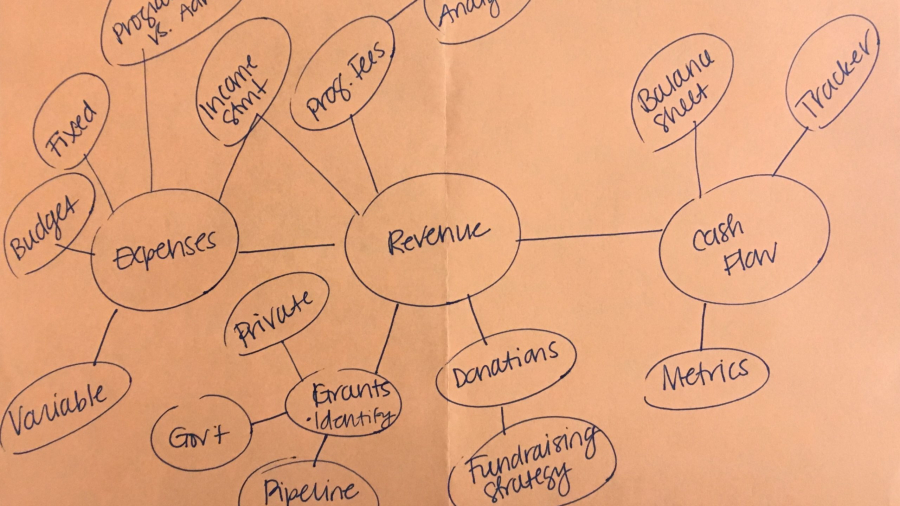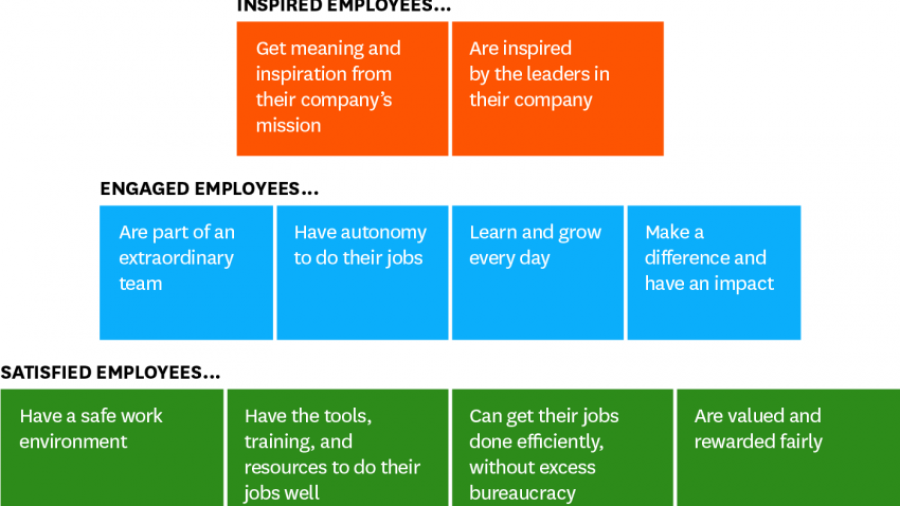I’ve come across two separate blog posts recently talking about a conversation between Warren Buffet and his pilot about goals. The TL;DR version is that Warren Buffett asked the pilot to write down his 25 career goals then circle the top five most important goals. Warren Buffett asked how the pilot would accomplish these top five goals, and he responded that he would focus on the top 5 while working on the other 20 as time allowed.

Warren Buffett stopped him and said that his sole focus should remain on those top 5; the other 20 were to be avoided at all costs.
As nonprofit professionals or busy entrepreneurs, people who are inherently driven to accomplish as much as possible, it can feel truly impossible to only focus on the top 5 goals. I tried this exercise myself – first, I found it difficult to come up with 25 goals to begin with, but once I had them all on paper (and knowing where the exercise was going) it felt nearly impossible to limit myself to just five!
And that’s when I felt like I had discovered the key – by choosing just five goals, Warren Buffett was not telling the pilot to limit himself. He was telling him to focus on those goals, and put every single ounce of his effort and his being into those goals.
What about you? Are you focusing on what really matters at your organization? Or are you spending unnecessary time on things beyond your career, business, or organizational goals or expertise?
In my personal entrepreneurship journey, I’ve been challenged by juggling high-quality client work, blogging useful content, finding people who can use my content, creating useful tools for nonprofits and entrepreneurs, utilizing Facebook and LinkedIn, and MORE.
Here’s how I’ve (at least temporarily!) figured it out.
- Write it down. Use a real pen and real paper and write down your top 5 goals. Heck, even go through Warren Buffett’s exercise if you want and write down the top 25 and narrow it down to 5. So much clarity can come from the 15 minutes it takes for this exercise to realize that some things you were spinning your wheels on simply aren’t important. Another method to check out – Being Boss’s Chalkboard Method!
- Push the noise aside. After writing down my top goals, I decided that figuring out Facebook ads simply wasn’t worth my focus right now. It would be a big-time commitment – I’m not the most social media savvy! – and the ROI for my business would be minimal. SKIP IT or CALL IN THE EXPERTS!
- Dig deeper on those five goals. Surround yourself with people and resources to accomplish those goals. Do you want to reach three new donors next month? Reach out to your dream donor for a meeting! Several of my most impactful client relationships have come from cold emails. Connect with one person or organization who’s already doing what you want to do.
- Manage your schedule to encourage focus. I have always struggled with my calendar and giving myself enough roomy blocks of time to actually accomplish my top 5 goals. I tended to fill any empty slot with a phone call or meeting, leaving 30 minutes chunks throughout the day to accomplish work. Do not do as I did! Set aside several chunks of time – or maybe even a whole day (GASP!) – each week for strategic work time, over which you will not schedule anything else.
- Find an accountability partner. My nonprofit and entrepreneur friends are so highly driven and motivated to change the world or build a business that our brains are constantly spinning with ideas, leaving us with little time to focus. I hired a coach to keep me on track and provide me with solid business advice. You don’t need to hire someone necessarily; you could find someone within your network to help you focus on your top 5. Highly recommended!
Here’s to a focused and successful Q4!























